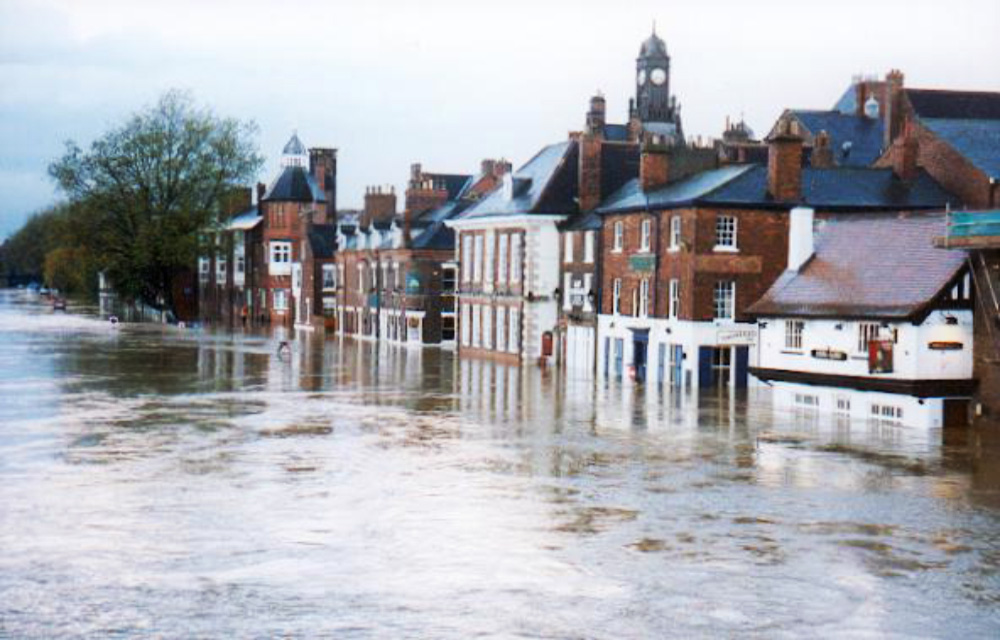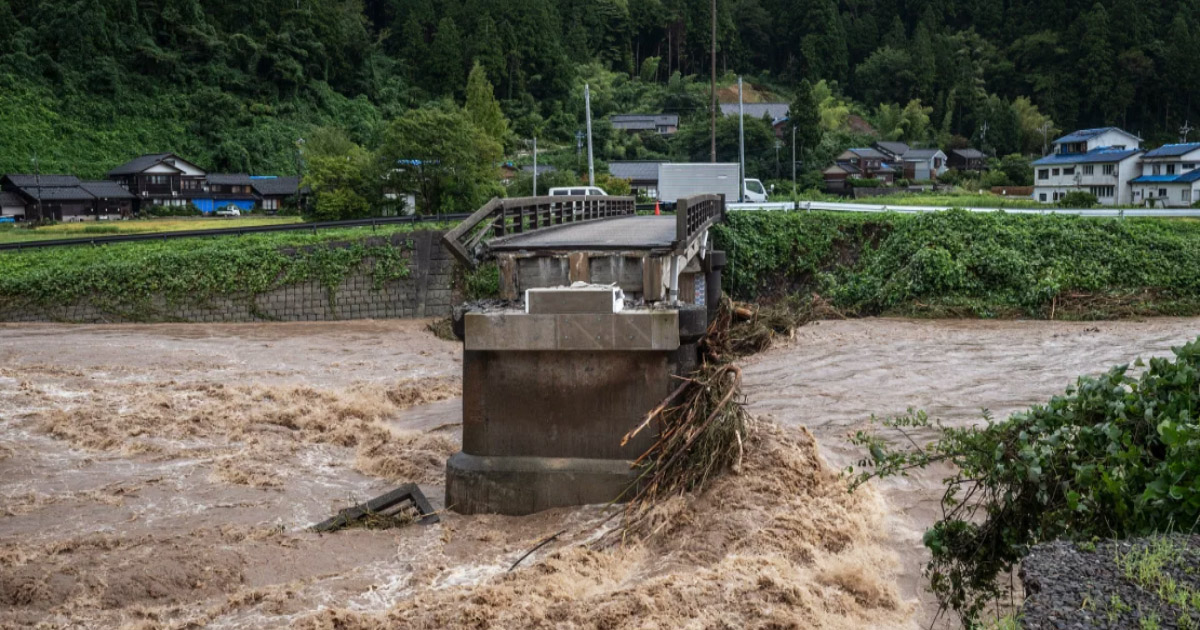Storm Boris has wreaked havoc across nations such as Poland, the Czech Republic, Romania, Austria, and Italy, resulting in at least 24 fatalities and significant economic losses totaling billions.
The World Weather Attribution (WWA) team indicated that a recent four-day stretch marked the highest rainfall ever documented in central Europe. This intensity has been made twice as probable due to climate change.
On a brighter note, the storm was accurately predicted, allowing several areas to prepare adequately, thereby likely preventing additional casualties.
Scientists at WWA assess the extent to which climate change influenced an extreme weather incident by contrasting it with a scenario depicting how severe that storm, drought, or heatwave could have been in a world untouched by fossil fuel combustion for nearly 200 years.
These unprecedented downpours align with the overarching trend of how Europe’s climate is evolving in a warming environment.
Europe stands as the continent experiencing the fastest rise in temperatures. The last five years have shown an average increase of approximately 2.3C compared to the latter half of the 19th Century, according to the Copernicus climate service.
This not only results in considerably more frequent and intense heatwaves but also in more severe rainfall, especially in northern and central Europe. The situation in southern Europe is more intricate, influenced by changes in larger-scale weather patterns.
A straightforward explanation for the increase in heavy rainfall in a warmer climate is that a heated atmosphere can retain more moisture – roughly 7% for each 1C rise. This surplus moisture leads to more intense precipitation.





